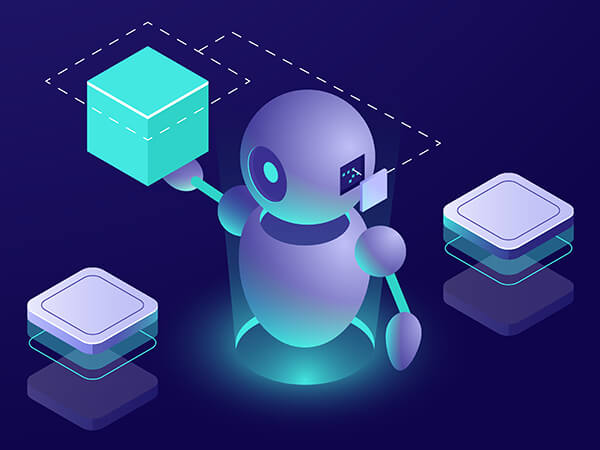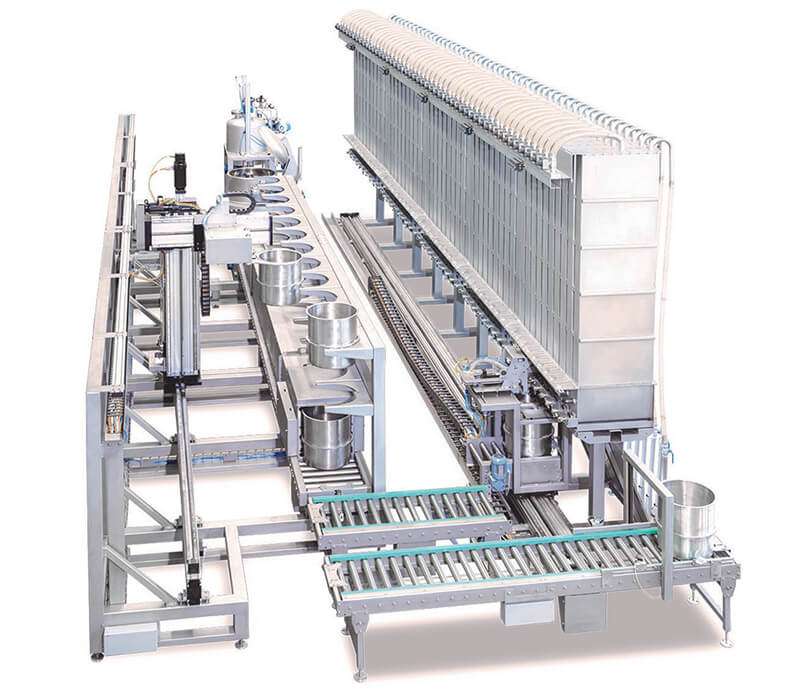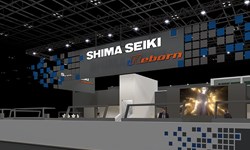
Otis Robinson speaks with Verena Thies, shareholding manager, and Jochen Stillger, director of sales at Thies about digitalisation in the dyeing & finishing sector
For years, the dyeing and finishing sector has turned its attention to digitalisation and automation, much like the wider textile and garment industries.
Examples of the technology are most prevalent in production workflow, where modern dyehouses utilise semi- or fully automated machinery including dispensing and dosing systems or dye kitchens to enable high reproducibility rates and transparent cost management. The latter is achieved through big data: these machineries can be connected to MES (manufacturing execution systems) and ERP (enterprise resource planning) systems to collect, collate and deliver important data. This can then be wielded to help customers identify anomalies and improve the performance of their workflow.
For companies such as Thies, a German OEM (original equipment manufacturer) of textile machinery and equipment, this is also backed by digital customer service and maintenance management operations, which can “help to improve [and support] the productivity of machinery”, says Verena Thies, shareholding manager and general manager at the group alongside sister Christiane and brother Alexander Thies.
Advances in technologies within the industry reveal an increased movement towards autonomous and data-led dyeing and finishing processes and a direct benefit to process management. But primarily, these technologies can also help companies better their ecological footprints – a key concern of OEM customers and their consumers, who increasingly want to make eco-friendly purchasing decisions.
Digitalisation
There is enormous pressure on the whole textile & garment industry to reduce the consumption of water, energy, dyestuff, chemicals, and other utilities for obvious ecological, economic, and sometimes regulatory reasons.
“Due to changing demands, our customers need to be flexible with the types of fibres, yarns and fabrics they are treating, but also with regard to the dyestuff, chemicals and utilities they are using,” Thies explains.
As such, Thies offers a portfolio of fibre, yarn and fabric dyeing machinery, which is said to be “from the outset, designed to minimise the inputs and respectively the outputs” to address some of the ecological concerns of its customers. As these concerns grow deeper, the appropriate solutions demand a more intricate approach – digitalising the process altogether.
“We do not only concentrate on the machine design but also on developing intelligent software solutions to control the actual dyeing process. With these energy-efficient functions, our customers can reduce their water, energy, dyestuff, chemical and utilities consumption [patterns].”
The company has explored its technologies in more detail at recently held remote industry events. For example, during a webinar hosted by the VDMA (Mechanical Engineering Industry Association), Philipp Hinkerohe, area sales manager at the company, explained that Thies’ Intelligent Temperature Manager (of their Heat Recovery System) is a new digital tool that enables “the retraction and integration of essential data” from processes, and the release of the tool highlights that digitalisation is essential for monitoring energy efficiency.
Later, at WTiN’s Innovate Textile & Apparel virtual trade show, the company showcased a number of products including its yarn dyeing machines the iCone, the iMaster H20 and the green dyeing machine the soft-TRD SIII, among dosing and dispensing systems that utilise automated chemical and auxiliary supply to “reduce error rates and increase reproducibility”.
Elsewhere, Thies has developed a tool titled DyeControl, which is able to identify unnecessarily lengthy dyeing times and reduce the number of rinse baths. “Depending on the batch size, this optimisation process ends up with savings of several thousands of litres of water per batch, both fresh water and wastewater,” claims Thies.
These offerings mark a notable concentration on Industry 4.0 solutions.
“Thies aims to be the innovation driver of [the Industry 4.0] niche,” says Jochen Stillger, director of sales. “Thies has a control technology department with specially educated experts for hardware and software solutions.”
Its solutions are said to be ‘highly flexible,’ particularly as ongoing smart factory efforts proliferate – for example, the automatic loading and unloading of yarn dyeing machines and pressure dryers enable machine-to-machine (M2M) communication.
Covid-19
The success of the innovative industry, however, did not protect it from damage this year.
In 2020, when the Covid-19 pandemic struck global industries, the economy took a huge hit that impacted the success of automation and machinery OEMs. With businesses reeling back on spending, big purchases were the first to get cut; there were calls within industry for buyers to stick to their promises, but many businesses were unable to financially stretch themselves, even though aware of how important digitalising their processes will be in the long-term.
This wave has been followed by a period of lessened investment, exemplified in machinery OEM hubs including Italy, which saw a 26% decrease in textile orders from July to September 2020 compared to the same period in 2019, according to a study compiled by ACIMIT (the Association of Italian Textile Machinery Manufacturers). Over in Germany at Thies, the situation was similarly as bleak and concerning, though company representatives suggest they were able to meet buyers half way to ensure solidarity through the difficult period.
“Factories had to reduce or even stop their production,” says Thies. “As a consequence, many buying decisions [were] delayed during these difficult and insecure times.”
Stillger adds: “Luckily, we did not experience any cancelled orders. By request, we agreed on adjusted payment and delivery conditions in order to support our business partners.”
One positive to the situation, Thies adds, is the growing awareness of the importance of the textile industry itself within global industries. She goes on to note its versatile skillsets and facilities that enabled a swift switch to the production of essential PPE (personal protective equipment) and face masks.
Adaptation to the crisis did not stop there: Thies were, as mentioned, one of many companies that leaned further into digitalisation as a solution to postponed and cancelled trade shows. For example, Thies participated in the Innovate Textile & Apparel virtual trade show by WTiN and the VDMA WebTalk Series in order to retain a vital presence in industry conversation.
Competitive edge
As such, many companies in the industry understand that as the supply chain evolves, they must keep up-to-date with the way they operate and the proprietary technologies they develop. Thies, for example, says she is well aware that the company is required to “be innovative, to keep [its] competitive edge”.
“We will always seek intelligent solutions, either on the machinery or software side,” she adds.
Digitalisation has been changing the dyeing industry for at least the past 15 years, she adds, so “to integrate all this in an overall dyehouse concept alongside Industry 4.0 solutions is our aim”.
Have your say. Tweet and follow us @WTiNcomment








